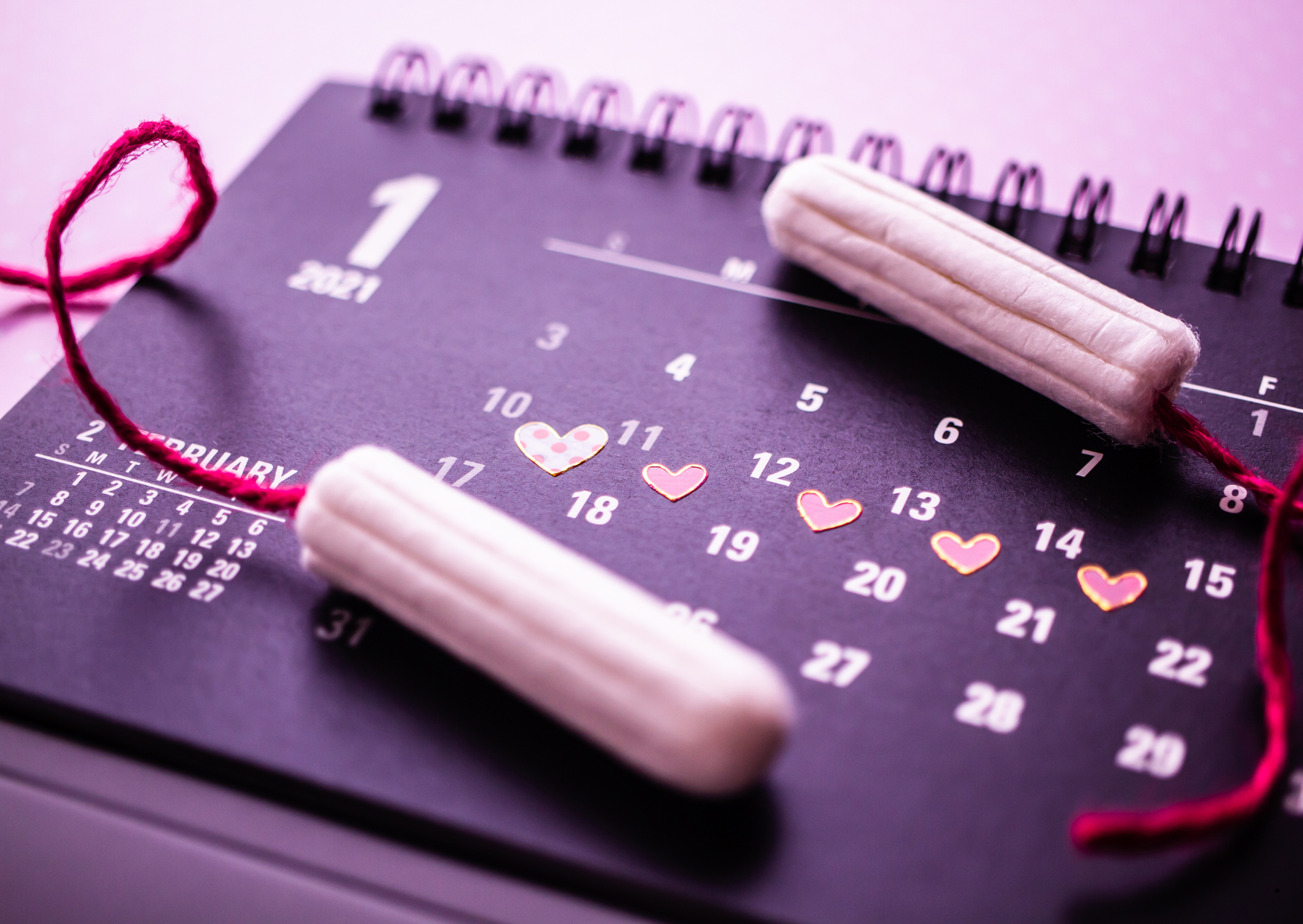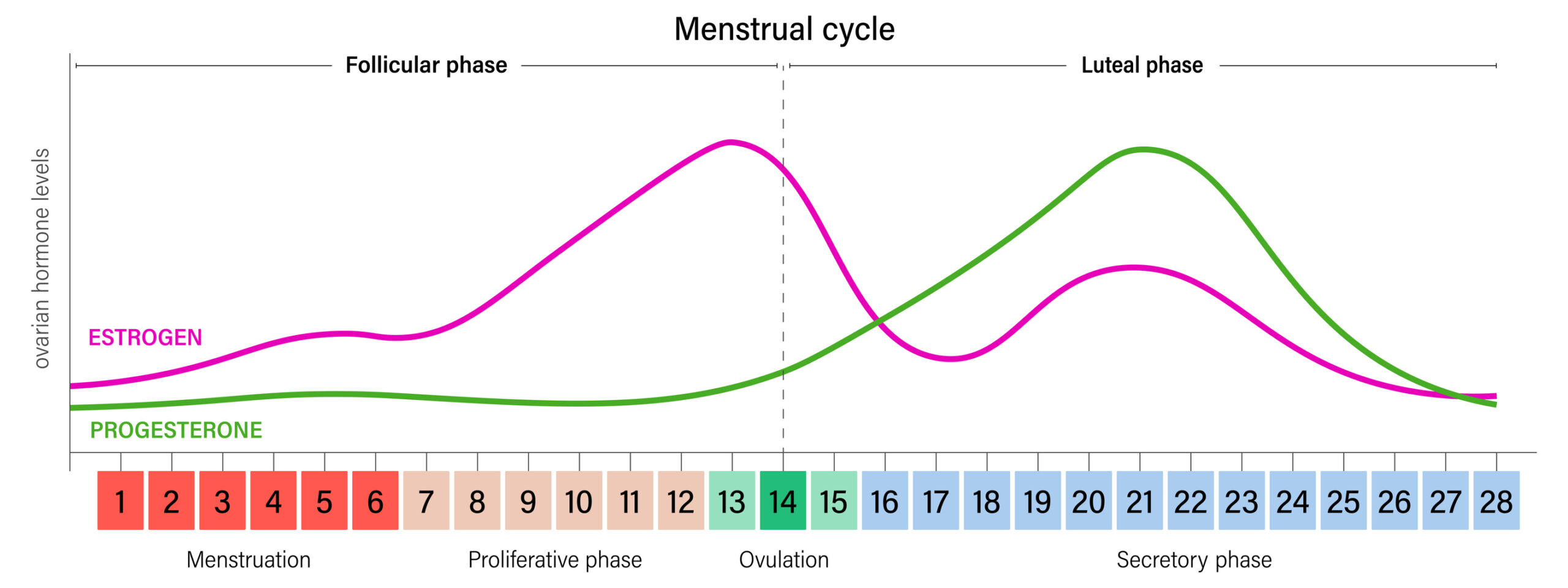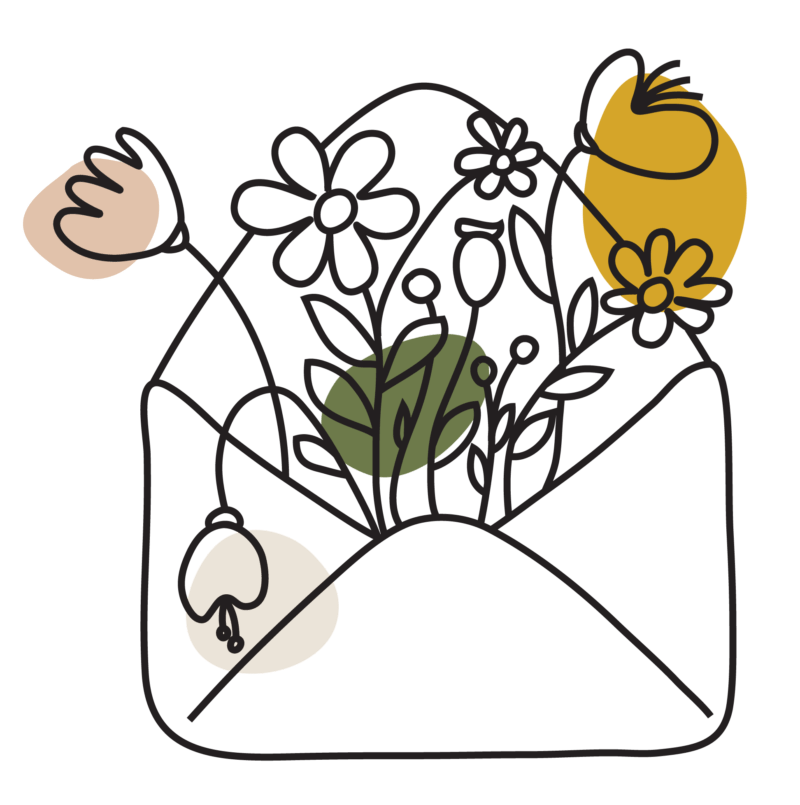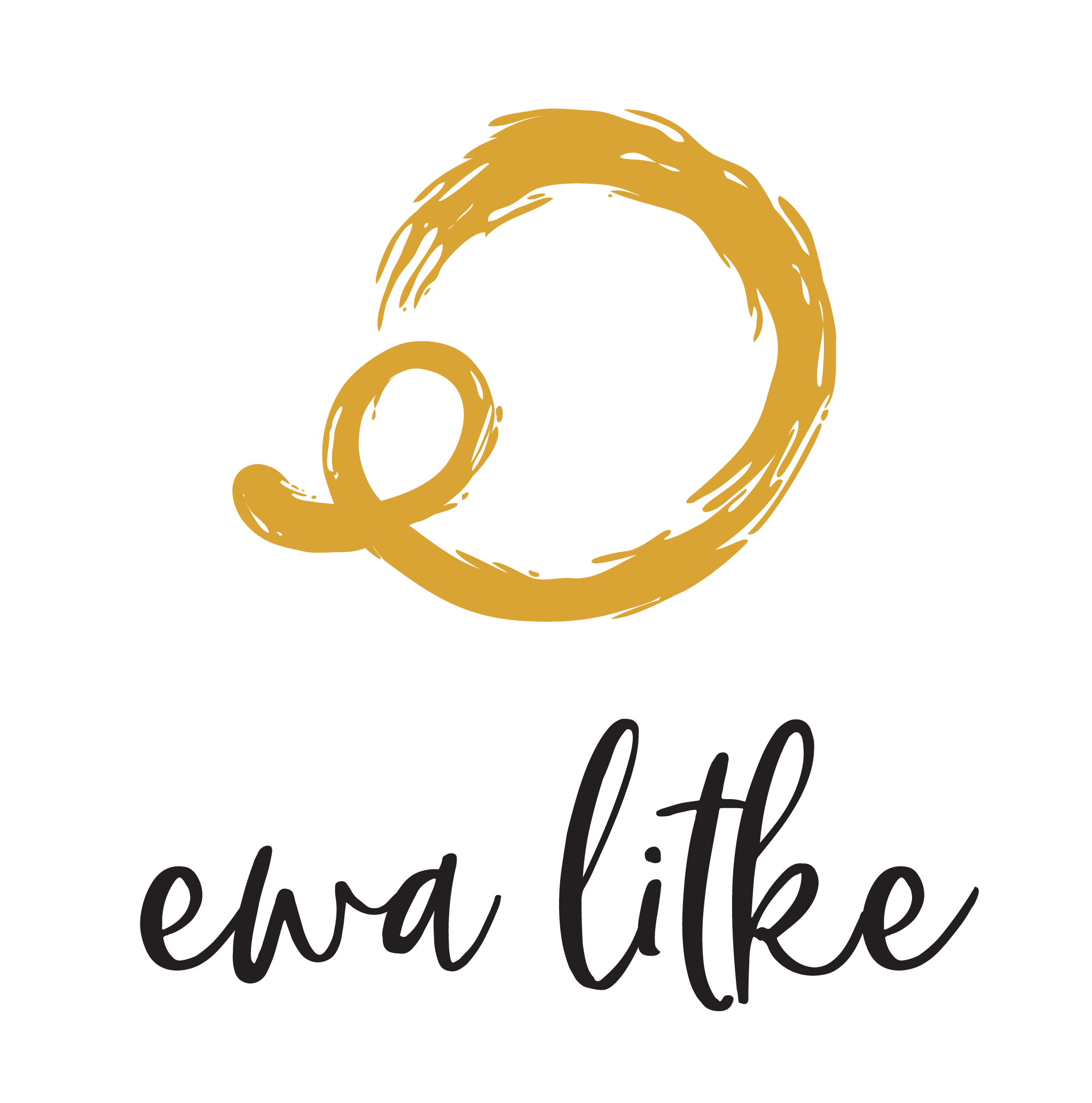Cycle Syncing – On Hormones, Cycles, and Mindfulness

Ever wonder if tuning into your natural hormone shifts could actually make you feel better? Spoiler alert: it can! With a practice called cycle syncing, you’re not just boosting your health—you’re bringing your body back into balance.
I got my first period tracker in middle school. It was about the size of a passport, made of colorful cardboard, and filled with tiny numbered boxes. Each month, I’d mark the days of my period with an “X.” Once those little calendars disappeared, I switched to using built-in cycle trackers in planners, which were becoming more common. By then, it wasn’t just about remembering to stock up on supplies at the right time—it was about noticing how my cycle affected things like my mood and skin. But honestly, I didn’t think too much about it. A period was just a period, nothing more.
As I got older, people around me started using cycle tracking differently too. Some tracked to avoid pregnancy; others tracked for the opposite reason. In fact, a 2018 study showed that around half of women use period tracking apps specifically for fertility-related reasons.
More Than Just a Period
It turns out monthly hormone fluctuations impact more than just fertility. They play a huge role in many other functions within the female body. Two hormones in particular—estrogen and progesterone—are the stars here, deeply influencing our overall well-being.
Did you know, for example, that estrogen helps maintain bone density, supports tissue elasticity, keeps your skin hydrated, and even impacts serotonin and dopamine levels in the brain? Progesterone, meanwhile, has a calming effect on the nervous system, influences sleep quality, and can affect skin health.
No wonder we feel so different throughout the cycle! If you take a closer look at the chart below, you’ll see that the saying “women are changeable” has more than a grain of truth to it.

A Few Words About the Cycle
The menstrual cycle is divided into four phases: menstrual, follicular, ovulatory, and luteal. The length of each phase can vary depending on individual factors. Just to clarify, I’m referring here to women who aren’t on hormonal therapy and aren’t in or past menopause.
- The menstrual phase usually lasts from 1 to 7 days. During this time, hormone levels are at their lowest, which is why you might feel more tired and sensitive.
- The follicular phase, from days 7 to 13, brings a sense of renewal. Your period is over, and a fresh wave of energy is on its way. Creativity spikes, physical strength builds, and estrogen reigns supreme.
- Next is ovulation, lasting about 3 days. This is when many of us feel our most energetic and social. It’s also when we tend to look our best—nature’s way of optimizing fertility.
- But after every peak comes a valley, which, in this case, is the luteal phase, lasting 10 to 14 days. Here, the body preps for menstruation. Progesterone surges and then drops, which can bring headaches, bloating, and mood swings (hello, PMS!).
1, 2, 3—Cycle Syncing!
Given all the changes in energy levels, mood, and even brainpower throughout the cycle, how do we function in a world that expects us to be at our best all the time—without relying on medication and stimulants?
One answer is “cycle syncing,” a concept developed by Alisa Vitti, a U.S. expert in hormones and women’s health. It involves aligning aspects of your life—like diet, exercise, and work—with the different phases of your cycle, instead of fighting against your biology. Sure, it takes time and effort, which says a lot about how detached from our natural rhythms modern life can feel. But cycle syncing is all about tuning in to your body, drawing conclusions from what you observe, and making adjustments as needed. In the long run, the benefits can be huge: more energy, better performance, improved mood, and fewer emotional ups and downs.
When the Boss Calls, Coffee It Is!
Now, I get it—you can’t exactly turn down a presentation request from your boss because you’re in the tail end of your luteal phase. But here’s the thing: if you know where you are in your cycle, you can…
…cut yourself some slack if you’re feeling extra anxious and recognize that those negative thoughts may be linked to where you are in your cycle;
…plan the following days to make sure you’re giving yourself enough rest and recharging before the big event;
…and, if you have the flexibility, why not experiment with scheduling tasks around your cycle?
You might be thinking, “Sounds cool, but how do I actually make this work?“
Good news—I’ll be sharing another post soon, packed with practical tips on how to implement cycle syncing in your life. But for now, start with tuning in to yourself.
Take a little time each day to notice your body, mood, and thoughts.
And yes, mindfulness is your best ally here! Just a small pause each day, and step by step, you’ll be moving toward a more balanced, connected life. Stay tuned!
Przeczytaj więcej na podobny temat:
The Sweet Space In Between: How Not to Control Your Breath
Most of us swing from completely ignoring it to trying to micromanage it. It’s rare to find that middle ground.
Cycle Syncing in Practice: Aligning Your Diet, Work, and Exercise with Your Cycle
Now that we’ve explored the phases of your cycle and the idea of cycle syncing, it’s time to dive into the exciting part: how to bring this knowledge into your daily life!
In Your Rhythm: Aligning Your Day with Your Biological Clock
Understanding the importance of your circadian rhythm is one thing, but now it’s time to put that knowledge into action! So, how can you align your daily life with your natural rhythm?



0 Comments